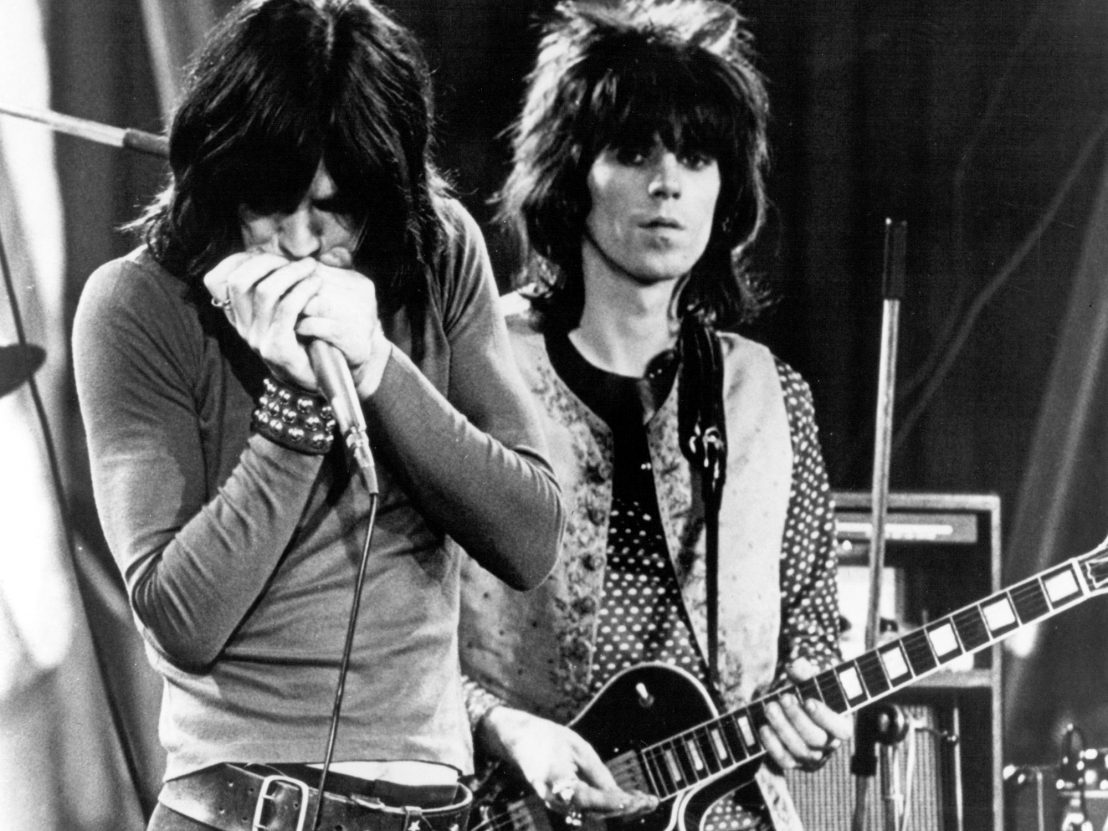
Fire-eaters, tigers and acrobats, not to mention some of the biggest musical figures of the day — including the Who, Marianne Faithfull, John Lennon and Eric Clapton — all gathered together in ponchos under the aegis of the Rolling Stones.
Fifty years ago, a group that would shortly declare itself the ‘greatest rock and roll band in the world’ hosted what should have been deemed the greatest show on Earth for a BBC television special. It had all sounded perfect on paper, and everyone seemed to be revelling in the otherworldly shindig – but it wasn’t until 1996 that The Rolling Stones Rock and Roll Circus saw the light of day.
“You’ve heard of Oxford Circus!” exclaims ringmaster Mick Jagger, still looking like the androgynous rocker Turner from Nicolas Roeg’s Performance, “You’ve heard of Piccadilly Circus! And this is the Rolling Stones Rock and Roll Circus…”
Conceived by Jagger and Michael Lindsay-Hogg, who had directed several promos for the Stones and the Beatles, as well as the popular music TV show Ready, Steady, Go!, the Circus was filmed between 11-12 December in 1968 at a studio in Wembley and attended by an invited audience. Although it only took a couple of weeks to plan, filming lasted over 15 hours due to the work involved in setting up stages in between performances.
After the scare of the ’67 Redlands drug bust, which nearly saw Jagger and guitarist Keith Richards sent to the slammer, and the pretentiously derivative psychedelia of ‘Their Satanic Majesties’ Request’, the Stones had more than pulled themselves together and indeed redeemed themselves with 1968’s ‘Beggars’ Banquet’. With a seminal album out and no plans to tour, the Circus was initially regarded as a novel means of promoting the band’s new material, despite it later being seen as having had the opposite effect.
The Stones themselves have yet to reveal exactly why the footage was left to gather dust. Numerous reports claim that the band weren’t happy with the performances, particularly that of the Who, who supposedly upstaged their hosts. Others say it was only Jagger who wasn’t happy, and that the rest of the Stones didn’t find anything the matter with how they’d played. Whatever the case, the project was shelved for decades. Understandably, history hasn’t looked too kindly on the film, which remains overlooked compared to the likes of 1970’s seminal Gimme Shelter and the Beatles’ Magical Mystery Tour from 1967.
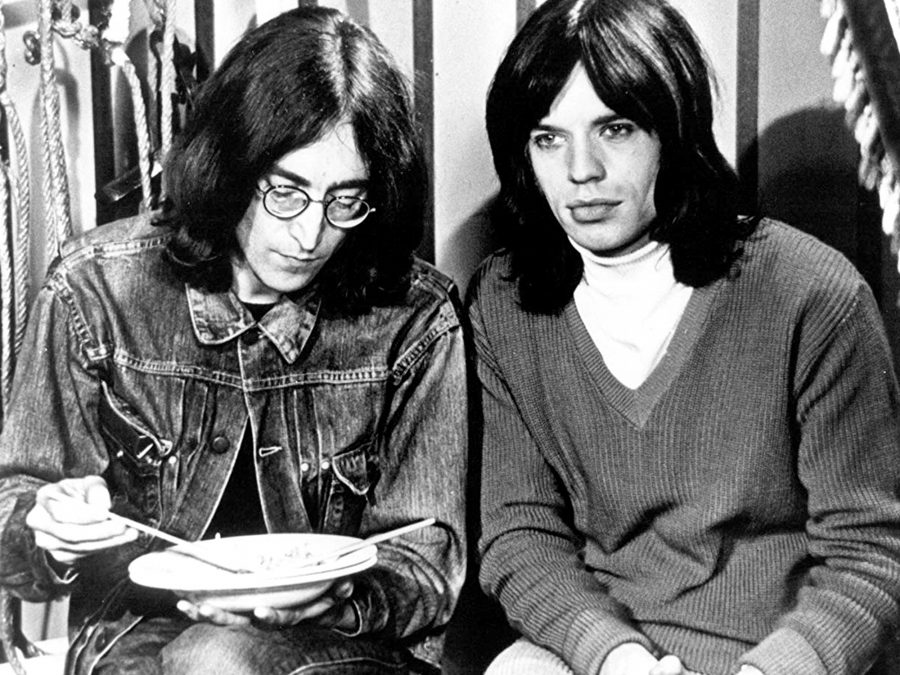
Filmed under a big-top tent with performers from Sir Robert Fossett’s Circus pulling mid-act stunts, the film begins with the nascent Jethro Tull being introduced by Jagger and a jubilant dwarf. In the wake of the wild-eyed Ian Anderson’s one-legged act follow the Who, Taj Mahal, Marianne Faithfull, and makeshift supergroup the Dirty Mac, with Richards backing an infallible Eric Clapton on bass guitar, as well as John Lennon, who had only agreed to join in the fun if Yoko Ono could join him onstage.
Along with the performers – such as pyrophiliac Danny Camara and the ‘lovely Luna’ – the musicians themselves entertain in little sketches and cameos. Richards appears as a piratic cigar-smoking rake to introduce two acts, and Lennon and Jagger engage in nonsensical banter as ‘Winston Legthigh’ and ‘Nigel’ respectively before the Dirty Mac take the stage. By the time the Stones themselves come on, it’s early in the morning, though they show no visible signs of fatigue.
While Mahal’s animated delivery of ‘Ain’t That a Lot of Love’ and the Dirty Mac’s blistering rendition of the White Album’s ‘Yer Blues’ (sans Ono, who’d be egged on by Lennon to shriek on their second and final number) can arguably said to be amongst the Circus’ musical highlights, discussions surrounding the film overwhelmingly focus on the Who and the Stones. It is almost unanimously accepted – likely by the Stones themselves, too – that the Who, with their mini-opera ‘A Quick One, While He’s Away’, were the best act of the show. As an ensemble, they undoubtedly were, holding things together tight yet loose as they tore into their tale of adultery and absolution. Pete Townshend and Keith Moon were untouchable, John Entwistle reliably solid, with Roger Daltrey looking and acting every bit a golden god.
That said, the erstwhile mods were in the middle of a tour, in top technical form, and also had the advantage of performing earlier in the evening. The Stones, conversely, hadn’t toured in almost two years, although this was perhaps the least of their worries. Internally, there were things that couldn’t be remedied by the discipline and routine of touring. Thanks to Jagger’s onscreen sexcapade with Anita Pallenberg in the Persian-flavoured Performance, a rift had emerged between him and boyfriend Richards, who began looking to heroin as a means of dealing with the emotional pain.
There was also the problem of Brian Jones, who had faded into the background of the band he’d founded and degenerated into a useless, drug-addled zombie. Aside from some sparse slide guitar parts on ‘No Expectations’ he miraculously manages to pull off, and a bit of maraca shuffling on ‘Sympathy for the Devil’, he may as well not have even been there. It was only a matter of months before he was found dead in his swimming pool.
Individually speaking, the other Stones were on top of their game – most notably Jagger, who, after a gruelling day managing the Circus, still managed to whip the weary audience into a frenzy. When the film reaches its zenith during Jagger’s ‘Sympathy’ striptease, in which he bares his tattoos of Lucifer as Richards lets fly electric daggers from his guitar, Daltrey and Townshend seem like wallflowers. The Stones as a whole may not have been entirely in their element, but no one could hold a candle to the ‘Glimmer Twins’ that evening.
If the Who spoiled the show for the Stones, they at least salvaged the film for posterity. Lindsay-Hogg revisited the film in 1992, but couldn’t make anything of it as significant portions were missing. Luckily for him and everyone else, they were found in 1993 lurking in the archives of the Who, who had shown their performance from the event in the 1979 rockumentary The Kids are Alright. The kids were alright, the Stones were great, and the Circus, that colourful ode-cum-farewell to Swinging London and all that, well, there’ll never be anything like it again.
Published 11 Dec 2018
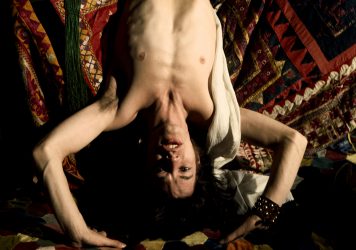
Cecil Beaton’s stunning behind-the-scenes portraits are being exhibited by Sotheby’s.
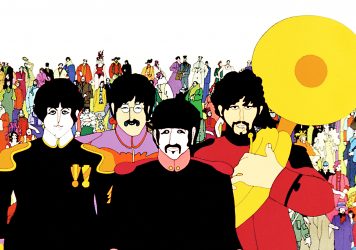
By Ethan Warren
How do these psychedelic fantasias, starring The Beatles and The Monkees respectively, hold up today?
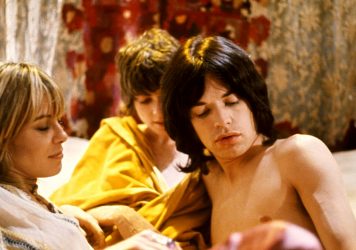
By Jay Glennie
Read an exclusive extract from a new book celebrating 50 years of this groundbreaking British film.